A flatbread by many names! Manakish (also spelled Manakeesh) is a Levantine flatbread topped with a mixture of za’atar spice blend and good quality olive oil and then baked in the oven. A Middle Eastern cuisine staple, it is fragrant and incredibly delicious.
Make sure to also try my Cheese Manakish recipe (or make them both at the same time).

Table of Contents
Depending on the dialect spoken, some folks will also call them Mana’eesh (plural), Man’ousheh (singular), zaatar bread, Middle Eastern Pizza, Lebanese Pizza or even Arabic Pizza. Personally, I am not a fan of the “Pizza” label as I think it erases the history of manakish.
There are other variations which include meat (also known as Lahmacun or Lahm b’ajin) and cheese (typically referred to as cheese manakeesh).
It’s a staple breakfast item in Palestine, Lebanon, Syria and Jordan. It can be eaten on its own, drizzled with optional lemon juice or with other Middle Eastern breakfast classics like homemade labneh, homemade hummus, foul mudammas, haloumi or feta cheese, olives, fresh tomatoes, cucumbers and pickled turnips on the side.
The manakish dough used here is based on my master Middle Eastern flatbread (Taboon) recipe. This master recipe has many uses and can be used to make Cheese Manakish or Lahm b’ajin (Meat Manakish). The master recipe can also be used to make hand pies (cheese fatayer, spinach fatayer and meat-filled fatayer).
Ingredients
This recipe comes together with just a few standard simple ingredients.

- Flour: Depending on your taste and preference, you can play with the white flour to whole wheat flour ratio. As long as you maintain the total weight listed in the recipe.
- Yeast: I recommend using instant yeast, but you can use dry active yeast. If you use dry active yeast, keep the quantity the same. Make sure to pre-bloom it in the warm liquid before adding it to the dry ingredients. You can also use fresh yeast, but do adjust the quantity accordingly. When using fresh yeast instead of dry, use double the amount by weight.
- Milk: The milk helps keep the final product soft and pliable. If you want to keep this recipe vegan, you can replace the milk with an equal amount of water.
- Oil: Olive oil is my go-to choice here but you can use avocado or vegetable oil instead for the dough. But make sure to use good quality extra virgin olive oil for the spice blend mixture.
- Za’atar Blend: A wonderful and important Middle Eastern spice blend that includes Syrian oregano and sesame seeds. Make your own zaatar or purchase a pre-made blend from your local Middle Eastern store or online. Use it in other recipes like my Zaatar and Olive Focaccia and Za’atar garlic knots.
See the recipe card for full information on ingredients and quantities.
How to Make Manakish Zaatar

Step 1. Mix. In the bowl of a stand mixer, add the dough dry ingredients and mix well to combine. Add the warm water, milk and oil. Run the stand mixer until a ball of dough forms, about 5-7 minutes.

Step 2. Rise. Rub the dough ball lightly with oil on all sides and let it rise, covered, in the bowl of the stand mixer for 1 hour in a warm place.

Step 3. Divide and shape. After the bread dough has risen to about double its original size, divide it into 6 equal pieces. Shape each piece of dough into a tight ball and rest them on your kitchen counter for 10 minutes, covered, so that the gluten can relax.

Step 4. Flatten. Using a rolling pin, flatten the dough balls into a ¼ inch (0.6cm) thick.

Step 5. Dress. Preheat your oven to 425F (220C). Transfer the flat flatbread discs to a parchment paper-lined baking sheet. Mix the zaatar spice blend with olive oil in a small bowl and apply a thin layer to each flatbread.

Step 6. Bake. Bake in the preheated oven until the edges are lightly browned and the za’atar mixture is bubbling. Don’t over-bake. We want these flatbreads to be soft and pliable.
Expert Tips
- Skip the mixer. You can mix this dough by hand in a large mixing bowl if you don’t have a stand mixer. Make sure to knead it for a full 5 minutes after it comes together on your countertop.
- Pizza Stone. If you’re feeling up to it, you can bake the flatbreads on a pizza stone or in a pizza oven. You can also gill them on a BBQ, but keep in mind they won’t be as soft and pliable if you grill them directly on the bbq grates.
- Half and Half. I love a half za’atar, half cheese flatbread. Feel free to adjust the topping to your liking.
- Appetizer size: you can make smaller flatbreads if you wish by dividing the dough into 10 pieces instead of 5 and proceeding with the recipe.

Recipe FAQs
Enjoy them with a Middle Eastern breakfast spread that includes mint tea, homemade Labneh, homemade hummus, ful mudammas, haloumi or feta cheese, olives, fresh tomatoes, cucumbers, pickled turnips and pickled cauliflower.
Yes they can be frozen for up to 6 months in ziplock bags and reheated in a toaster oven or air fryer when you’re ready to enjoy them. To make sure they don’t stick together in the freezer, place a square of parchment paper between each layer. This will make separating them much easier.
If you’re looking to save some time, you can make the dough 1 day ahead of time and let it rise in the fridge overnight. This longer, slower rise is actually beneficial in many ways and the result will be a much easier-to-digest bread for those with gluten sensitives. Just use half the amount of yeast if you plan to let the dough rise in the fridge overnight.
These flatbreads can be stored in a ziplock bag at room temperature on the counter for 2 days or refrigerated for up to 5 days.
Other Levantine Recipes You Might Enjoy
Main Dishes
Levantine Recipes
Levantine Recipes
Appetizers
If you make this Manakish (Za’atar Flatbread) or any other baking recipes on Urban Farm and Kitchen, please take a moment to rate the recipe ⭐⭐⭐⭐⭐ and leave a comment below. It’s such a help to others who want to try the recipe.
For more Urban Farm and Kitchen, follow along on Instagram, Facebook, and Pinterest, visit the Urban Farm Shop, or subscribe for new posts via email.
Manakish (Za’atar Flatbread)
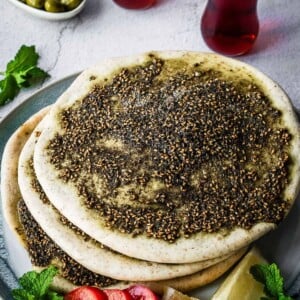
Ingredients
For the Dough
- 2 ¼ cups All purpose flour – 315 grams
- ¾ cups Whole wheat flour – 105 grams
- 1 tbsp Instant yeast – 9 grams
- 1 tbsp White sugar – 12.5 grams
- 1 tsp Kosher salt – 5 grams
- ½ cup Water, warmed – 120 grams
- ½ cup Milk, warmed – 120 grams
- ¼ cup Olive oil – 53 grams
Cheese Topping
- ½-¾ cup Za'atar spice blend
- ½ cup Olive oil – 106 grams
Instructions
- Mix. In the bowl of a stand mixer, add the dough dry ingredients and mix well to combine. Add the warm water, warm milk and oil. Run the stand mixer until a ball of dough forms, about 5-7 minutes. If the dough is too dry and feels crumbly, add water 1 tablespoon at a time until you have a soft and supple dough ball. You can also mix the dough in a large bowl and knead manually on the countertop.
- Rise. Rub the dough ball lightly with oil on all sides and let it rise, covered with a towel or plastic wrap, in the bowl of the stand mixer for up to 1 hour in a warm place.
- Divide and shape. After the bread dough has risen to about double its original size, divide it into 6 equal pieces (use a kitchen scale to get perfect portions). Shape each piece of dough into a tight ball and rest them on your kitchen counter for 10 minutes, covered, so that the gluten can relax.
- Flatten. Using a rolling pin, flatten the dough balls into a ⅛-¼ inch (0.3-0.6cm) thick, about 6-8 inches (15-20cm) in diameter.
- Dress. Preheat your oven to 425F (220C). Transfer the flat flatbread discs to a parchment paper-lined baking sheet. Mix the zaatar spice blend with olive oil in a small bowl and apply a thin layer to each flatbread. You may need to do this in stages depending on how big your oven is. Poke the manakish with a fork a few times to prevent it from puffing.
- Bake. Bake in the preheated oven for 9-13 minutes, or until the edges are lightly golden brown and the zaatar topping is bubbling lightly. Don’t over-bake. We want these flatbreads to be soft and pliable. Note: If you peek into the oven mid-bake and you see a big bubble forming, quickly open the oven door, poke it with a fork or knife and close the door back up.
Notes
- Oil: Olive oil is my go-to choice here but you can use avocado or vegetable oil instead for the dough. But make sure to use good quality extra virgin olive oil for the spice blend mixture.
- Za’atar Blend: A wonderful and important Middle Eastern spice blend that includes Syrian oregano and sesame seeds. Make your own zaatar or purchase a pre-made blend from your local Middle Eastern store or online.
Nutrition
Nutrition information is automatically calculated, so should only be used as an approximation.
 Like this recipe? Rate & comment below!
Like this recipe? Rate & comment below!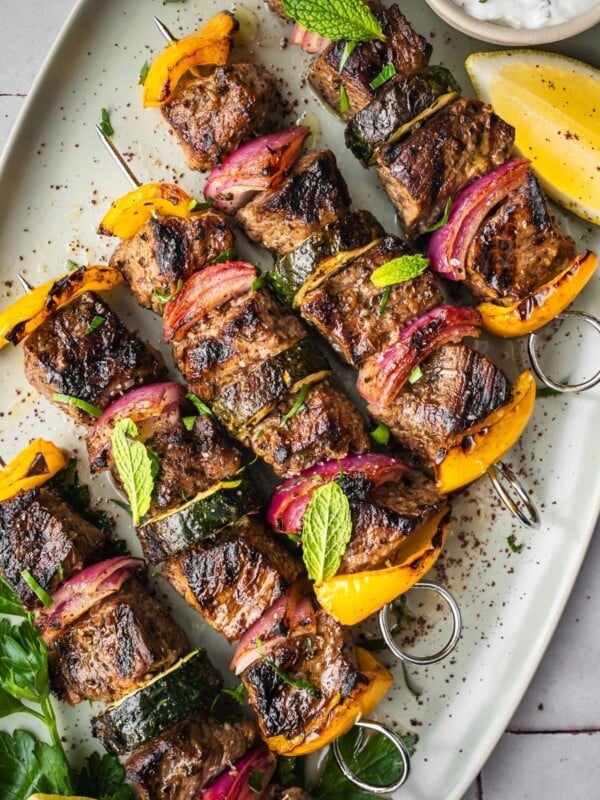

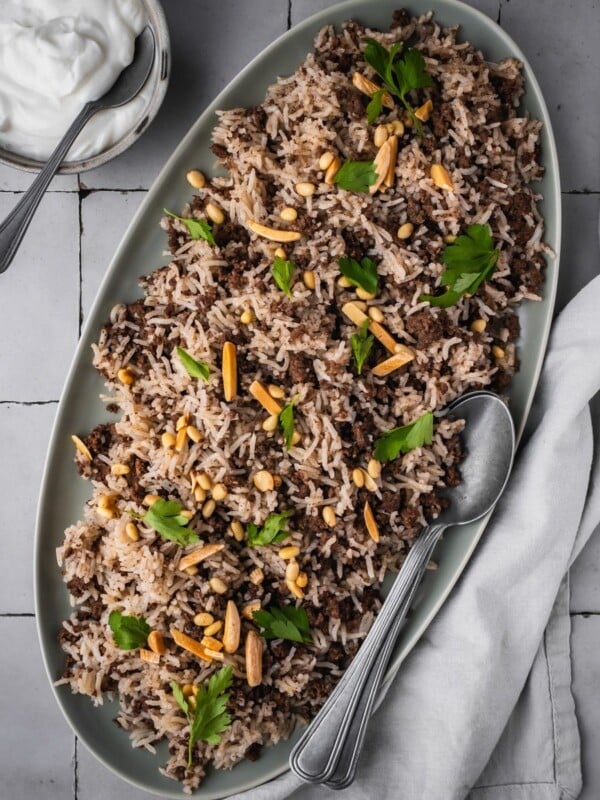
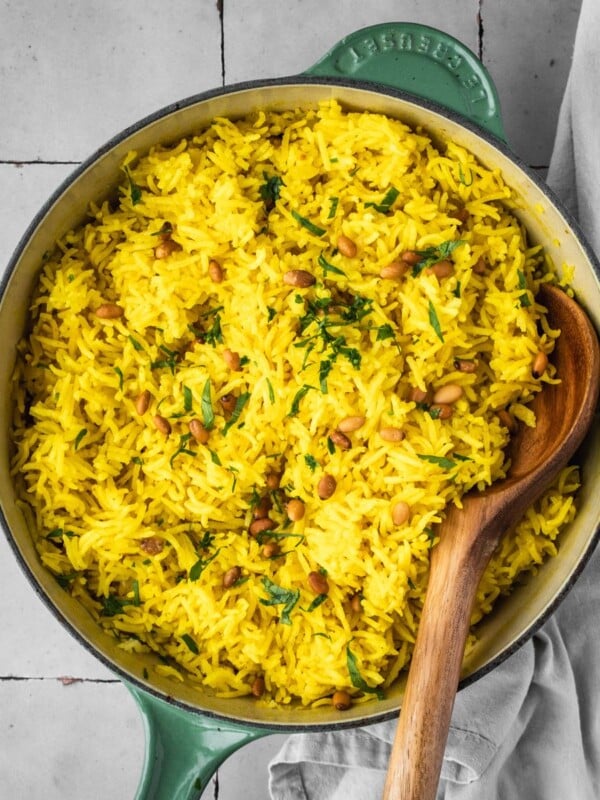
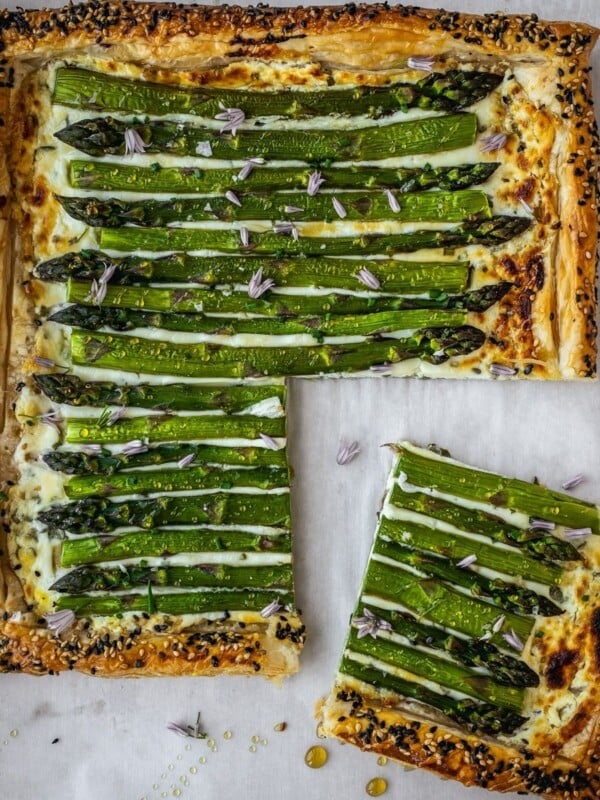
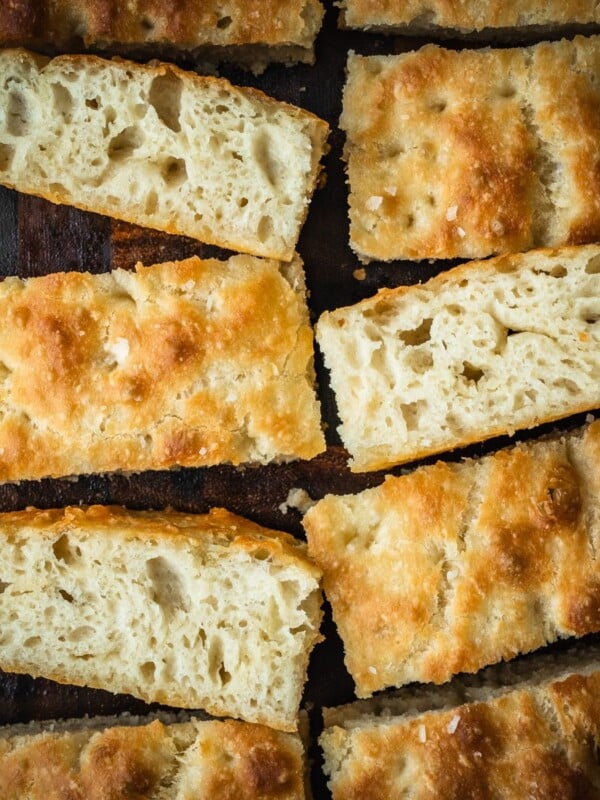
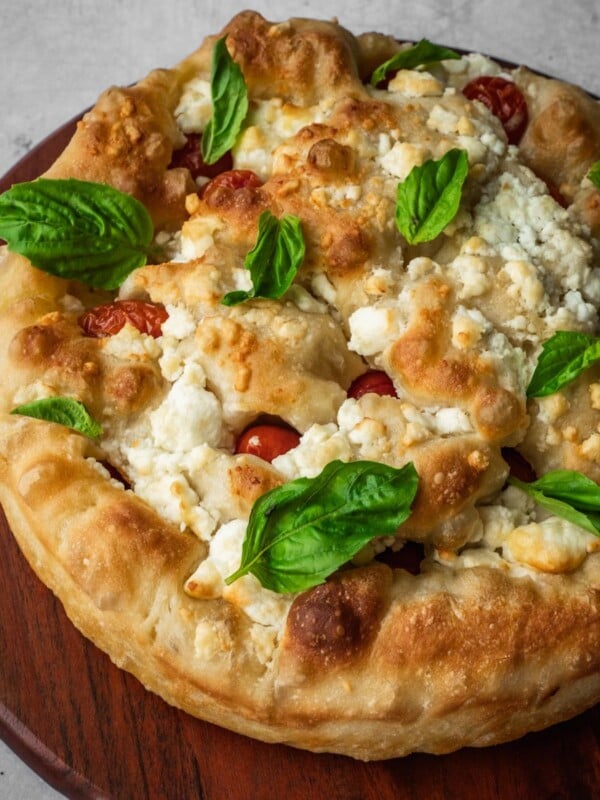
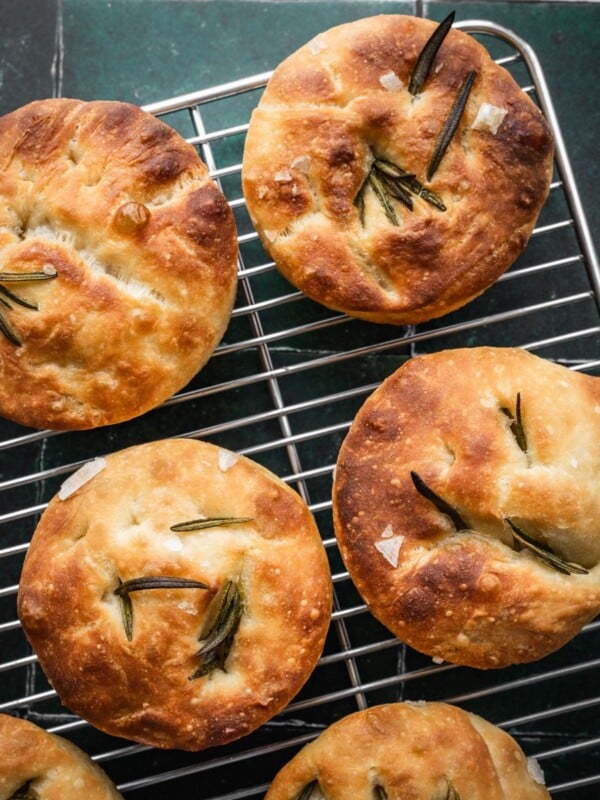








This recipe turned out perfectly! Can’t wait to make this again!
So glad you liked it.